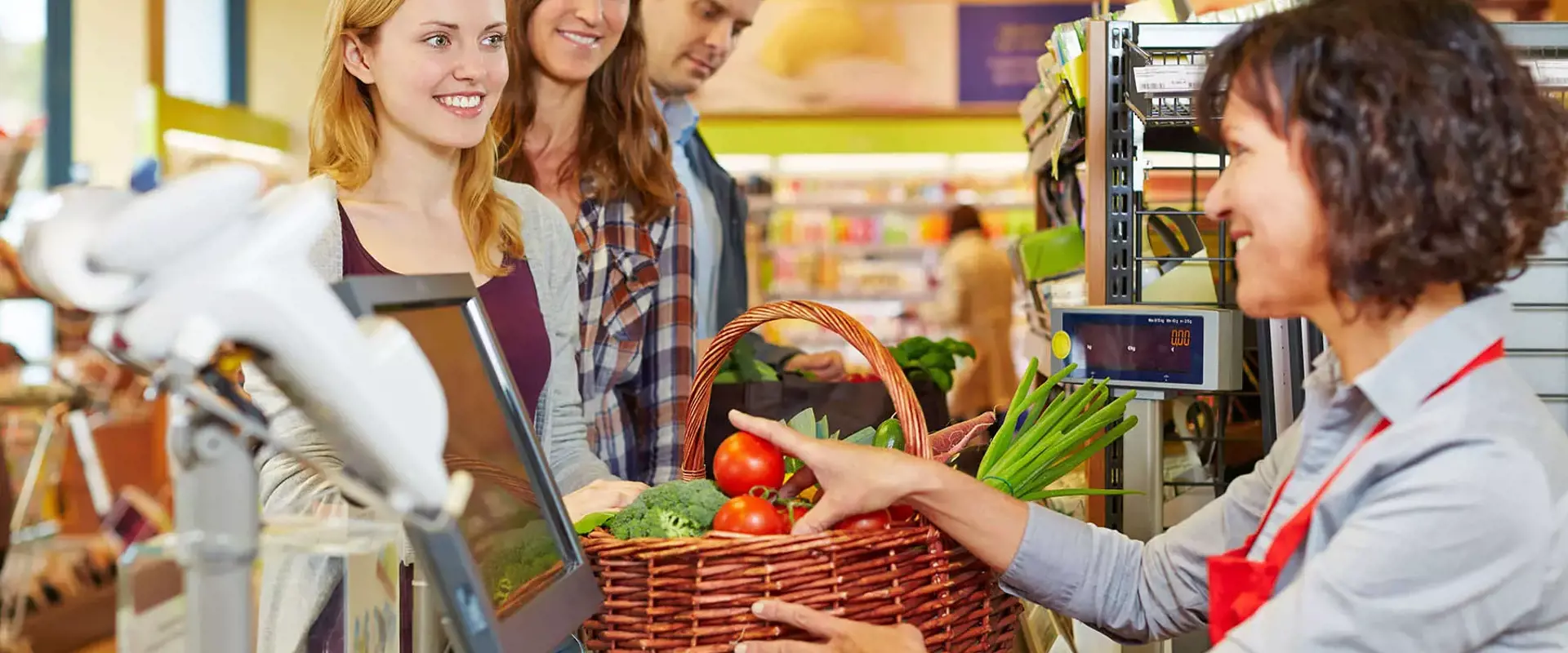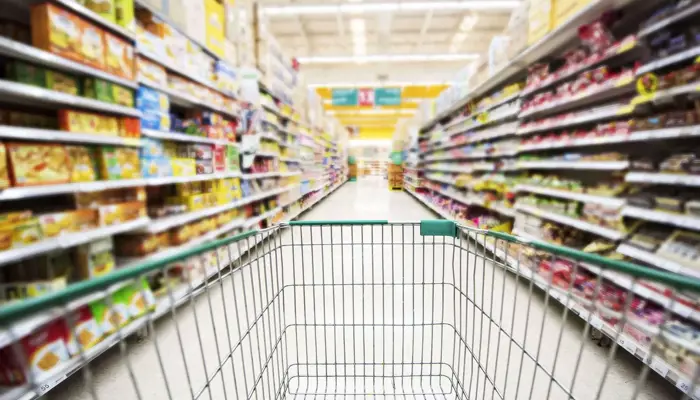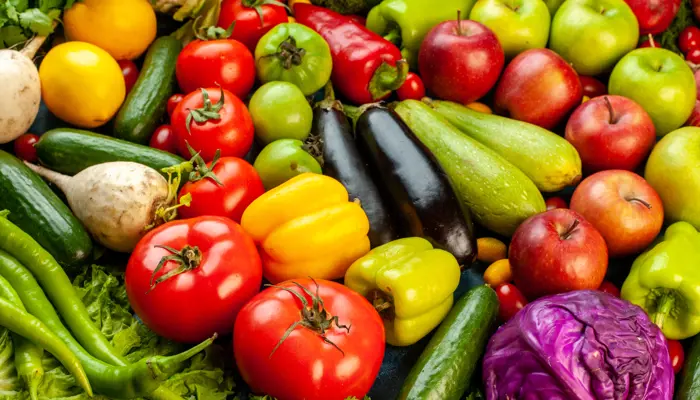
Queue management: which technology you need and why
Queues at checkouts are the last touchpoint in the customer journey and the last step they will remember of the in-store experience. For this reason, they certainly have an impact on the perception of the customer journey and on loyalty.
- Count carts and baskets, not people
- Get real-time notifications on queue formation
- Measure, analyse historical data and optimise
In-store analytics entails different aspects of customer behaviour, including queues. Queues are the last touchpoint with the customers in their journey and the last step they will remember of the in-store experience. Indeed, customers might have found all the products they needed in a short period of time. However, if they have to spend a considerable amount of time at the checkout area, this will make them frustrated and dissatisfied.
While queues do not have a direct ROI, they certainly impact the customer experience and loyalty over time. It follows that their management is one of the most critical elements of the in-store experience. How to manage them?
How to measure queues? Which technology is the most effective?
The simple observation of the status of queues at checkouts is no longer enough if you want to respond quickly to queue formation and satisfy customers, customers who can constantly compare the in-store experience with the online one (yes, now this also applies to physical grocery retail!).
Stores need adequate hardware technology and software solutions able to properly model customer behaviour at the checkout barrier and provide actionable knowledge and KPIs.
Cameras (3D sensors) count more people than those that are actually in line, as households figure as more than one person but only have one cart. For this reason, while cameras might be useful for measuring engagement (i.e. dwell times) in front of a specific brand, they are misleading when measuring queues.
The number of carts and baskets is the right metric to properly measure queues and have reliable visibility on queue patterns in a supermarket. Asset tracking technologies are indeed of great support to automate queue management which will no longer be based on observation but on a system able to precisely detect lines in real-time and trigger alarms.
How does it work?
The tracking starts when shoppers are in proximity of a checkout lane but they count as in line when the cart/basket remains for at least 10 seconds in the area. The waiting time is then calculated from the moment the shopper is considered to be in line, till the moment it reaches the checkout counter and starts to be served.
Once queues are measured, which services can I rely on?
To enable queue management services, it is necessary to extrapolate from the asset tracking all the necessary intelligence, on the software side, and this is what RetailerIN is for.
RetailerIN is able to trigger real-time alarms on different mobile devices (tablets, PCs, smartwatches) when a predefined critical threshold of people in queue is exceeded. This allows store managers and employees to quickly manage queues, prevent long waiting times and be informed in real-time about the status of the different checkout counters.
Not only real-time services! Historical data can be analysed to identify bottlenecks, to optimally plan staff allocation and maximise the quality of service.
In conclusion, for efficient queue management, it is necessary to monitor shopping carts and baskets for managing the checkout barrier in real-time, quickly and dynamically.


